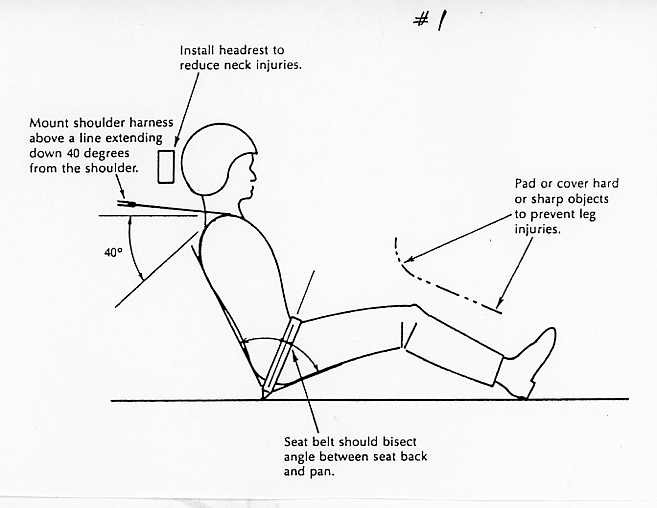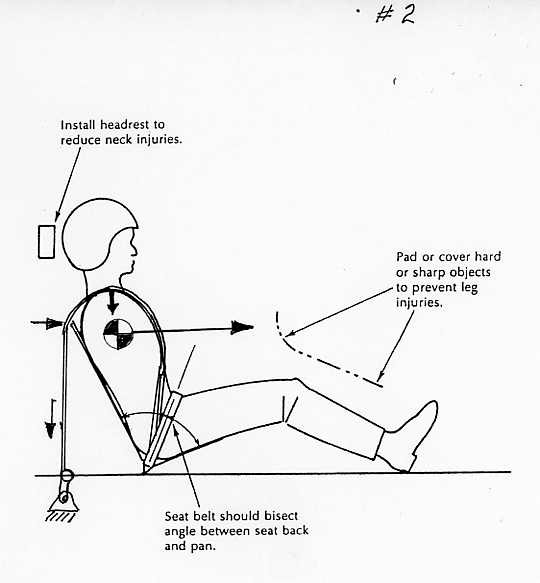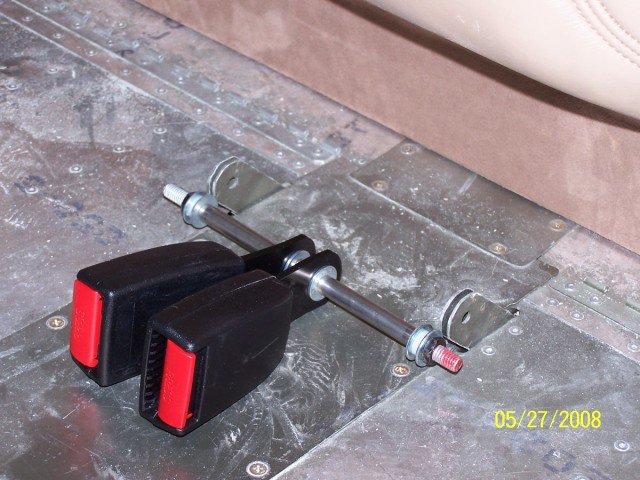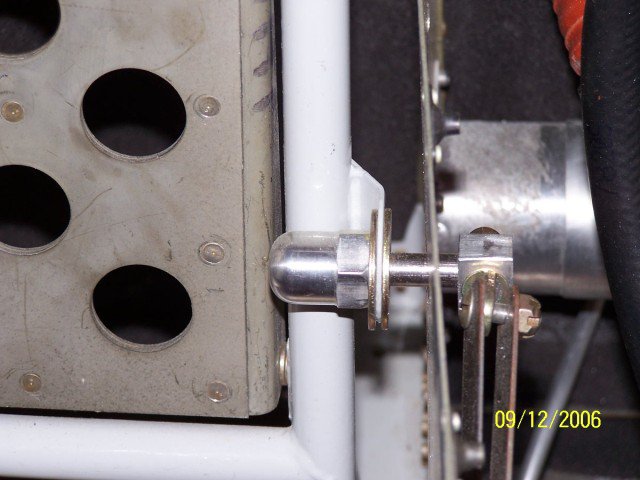Man, I know I'm stepping in it, here...but I'm going to open my mouth anyway (since everyone else is, too!).

This is only in relation to operating outside the design gross weight of the aircraft.
This is not meant to offend, but to get people to think. From my observation, it appears that most of the guys that have increased their gross weight are the ones who get defensive when this is pointed out. Look, Van's IS an engineer. He clearly sets design limits based on that knowledge and experience. For ANYONE to deviate from those plans (even if it's their right), they would be wise to analyze and evaluate their modifications. I completely agree with Roee...I'm not going to repeat anything he said because it's EXACTLY what I wanted to say (but I don't have the education to back me up). I'm pretty sure that most pilots know that their airplanes will lift off the ground when over gross, unless you're in an underpowered airplane, and/or on a hot day, etc.
What people tend to do is believe that because they can safely perform most maneuvers as a lightly loaded aircraft of similar design, that they can perform ALL of the same maneuvers with the same expected outcome. This is the "wishful thinking" part.
I know I'm stating the obvious, here, but I just had to say something. I went for a ride with a fellow Pulsar XP pilot who had his airplane loaded over gross by about 100 lbs. I questioned him on it and got the "it's no problem" response. The next day he found a large crack in one of his landing gear. I'm so thankful that's all that it was...had we decided to perform a roll or loop and it went wrong, our margin of safety for the aircraft to handle G's was severely diminished.
I'm not pointing fingers...I just hope that people that deviate from the plans are fully aware of the consequences of their modifications. I truly don't believe most builders who deviate do any kind of "real" testing to prove their modifications are sound.
Thanks, again to Roee and Van's for saying what needed to be said.






















